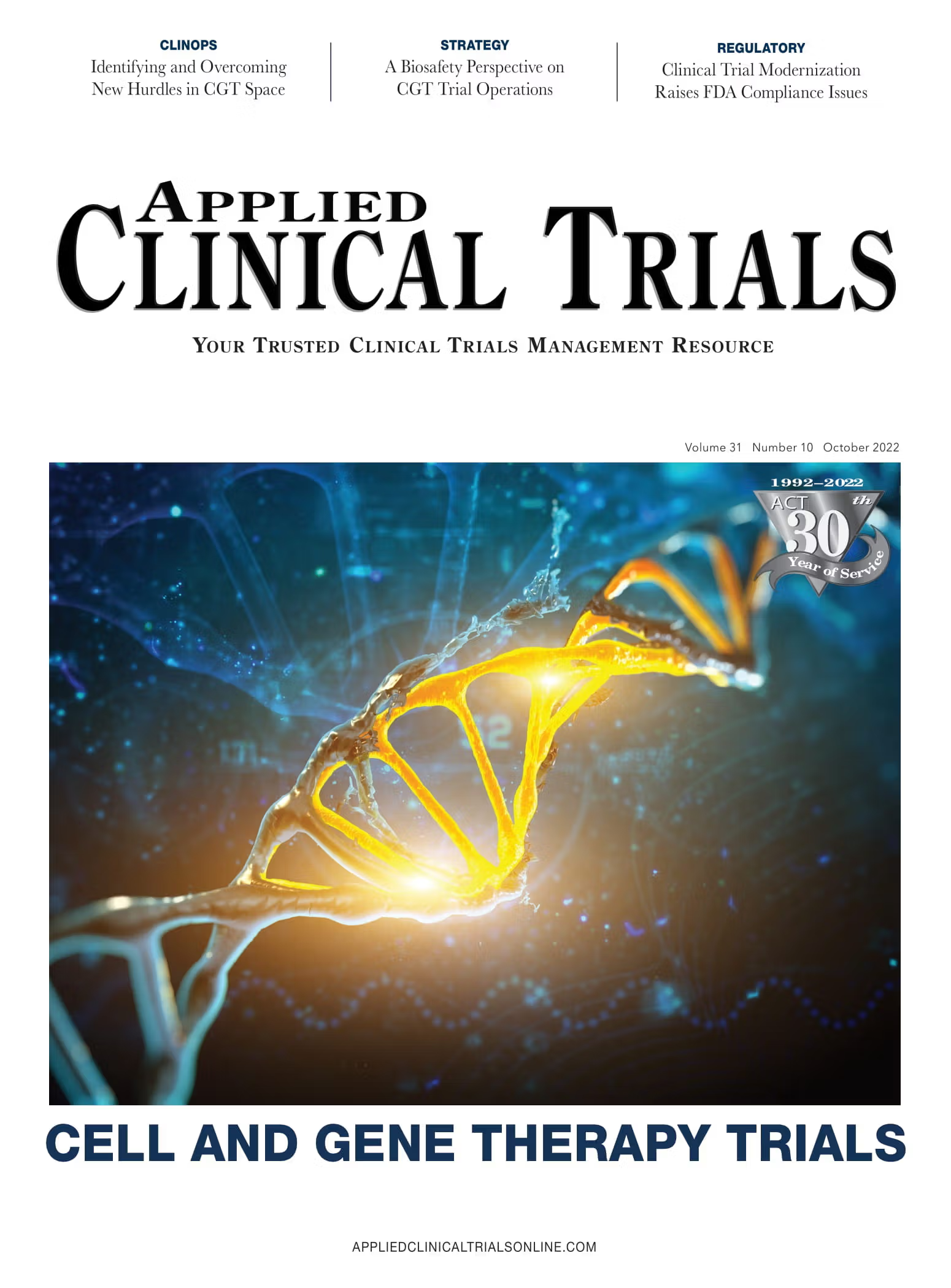A Pervasive Patient Focus in EU Clinical Trials as New Rules Face Fine-Tuning
New EU clinical trial regulation places heavy importance on patient-submitted documents.

The very first words in the European Union’s new clinical trials regulation (CTR) are “In a clinical trial, the rights, safety, dignity, and well-being of subjects should be protected and the data generated should be reliable and robust. The interests of the subjects should always take priority over all other interests.” And while the objectives of the regulation—now largely, but still not entirely, in force—also include to “stimulate the inclusion of as many member states as possible” in a trial, and to minimize “divergences of approach among different member states,” the emphasis on the interests of trial subjects has been the dominant theme throughout its gestation, and continues as the fine-tuning is still being carried out.
The latest element in this fine-tuning is advice on how and when patient-facing documents have to be submitted in the course of seeking a clinical trial approval. It comes in the form of a late-September update to the guidance on the implementation of the CTR. This lengthy question-and-answer document, that already provides detailed practical information on how to meet the new requirements, has been further expanded to tackle this issue.
As it makes clear, patient-facing documents covers a wide field. Virtually any document presented to clinical trial participants during the conduct of the clinical trial falls into this category—questionnaires, patient diary, patient card, or patient-reported outcomes. And they have to be submitted as Part 1 of a clinical trial application. The submitted documents not only have to be in line with the language requirements for the trial protocol, but they must be provided to the trial participants “in a language understandable for the participants.” It is up to sponsors to ensure the quality of all the translations, adds the guidance. Patient-facing documents that are linked to the endpoints of the clinical trial also have to be provided (together with the protocol) in Part 1 of the application, so they can be assessed during the Part 1 assessment.
The major exception to the obligation for early submission of patient-facing documentation is recruitment material or subject information sheets. It is not necessary to submit copies of the advertising material with Part 1 of the application, whether printed or in the shape of audio or visual recordings. Nor does the CTR require early submission of information given to the subjects together with the informed consent form before their decision over whether to participate in the trial. Recruitment material or subject information sheets are to be submitted in Part 2, “and no other documentation shall be submitted under these sections,” intones the guidance gravely. “There is currently no legal basis in the CTR to request the submission of all patient-facing documents in the Part 2 documentation package and/or to require their translation,” the guidance adds—with a certain ominous quality to the adverb “currently.”
The process for fine-tuning is, in the best traditions of the EU, complex and ponderous, but though the EU mills grind slowly, they “grind exceeding small.” The new guidance was discussed by the European Commission’s expert group on clinical trials (CTEG), which brings together ethics committees and national competent authorities, and was then submitted for clearance to the Commission’s clinical trials coordination and advisory group (composed of member state representatives) before it was published on Sept. 26.
In parallel to the strictures on material to be submitted before the trial, an intense discussion has been underway for over five years now on the requirements that will govern the lay summary of trial results—another requirement that the CTR imposes on all sponsors. Here, some official guidance has been published, in late 2021, based in part on a draft produced jointly by EU and US pharmaceutical companies, CROs, academic institutions, patient organizations, and nonprofit organizations, and reviewed and revised by the CTEG. But the 85 pages of this document are still not sufficient to answer all the questions if the various players are to discharge their duty satisfactorily.
Outstanding issues outlined by a multi-stakeholder workshop earlier this year include how to plan (and how to resource) the preparation, writing, review, patient engagement, translation, and dissemination that the obligation entails. Challenges also exist in meeting the simultaneous—but not necessarily compatible—requirements for readability and scientific rigor, or in arbitrating on the legitimate scope for interpretation in reporting results to lay audiences, or judging the adequacy of compliance with the rules. The obligation extends beyond the mere creation of a lay summary to disseminating it, and that too bristles with challenges over how it should be disseminated, where, by whom, and to whom, in what languages, and for how long.
